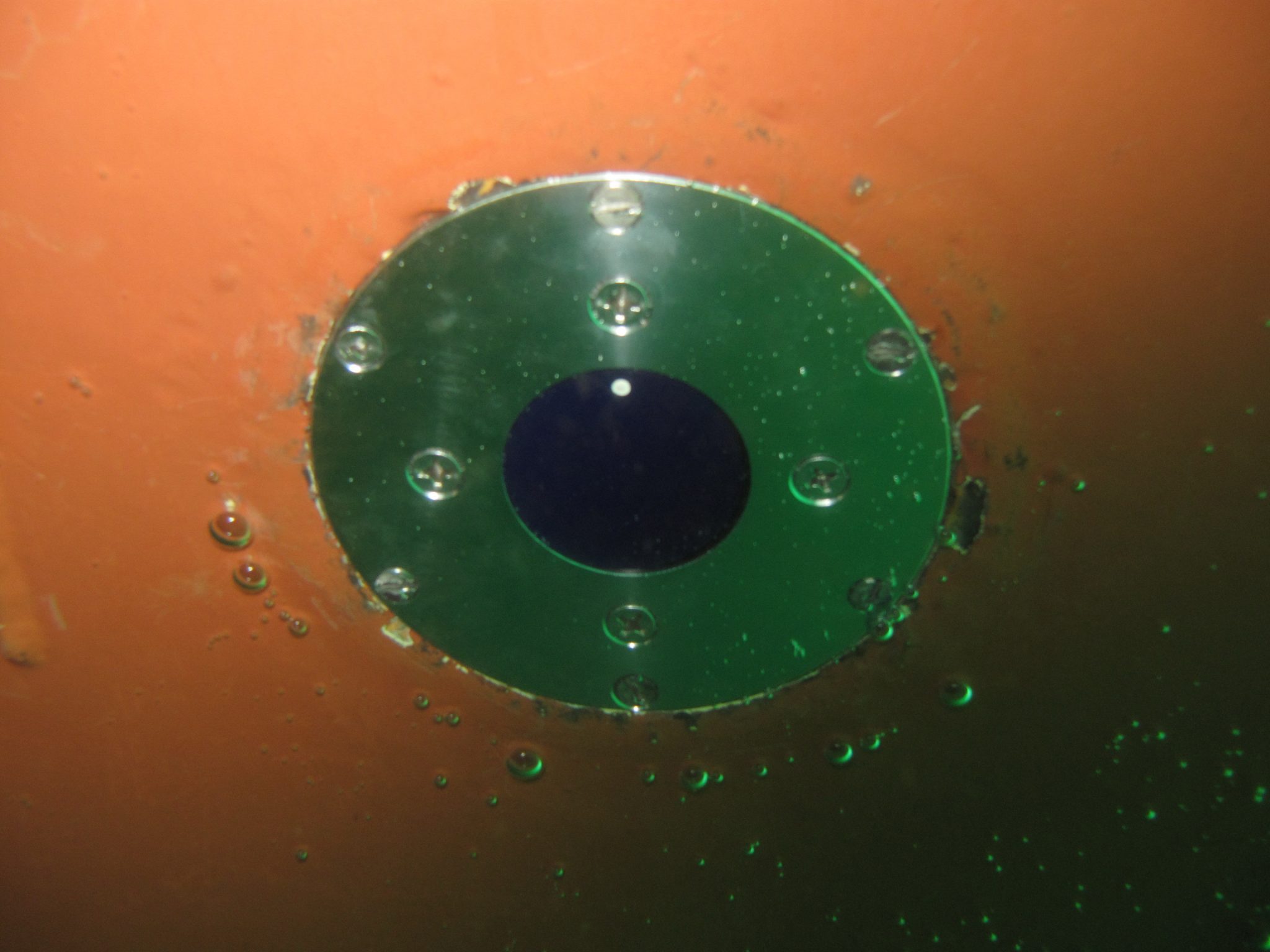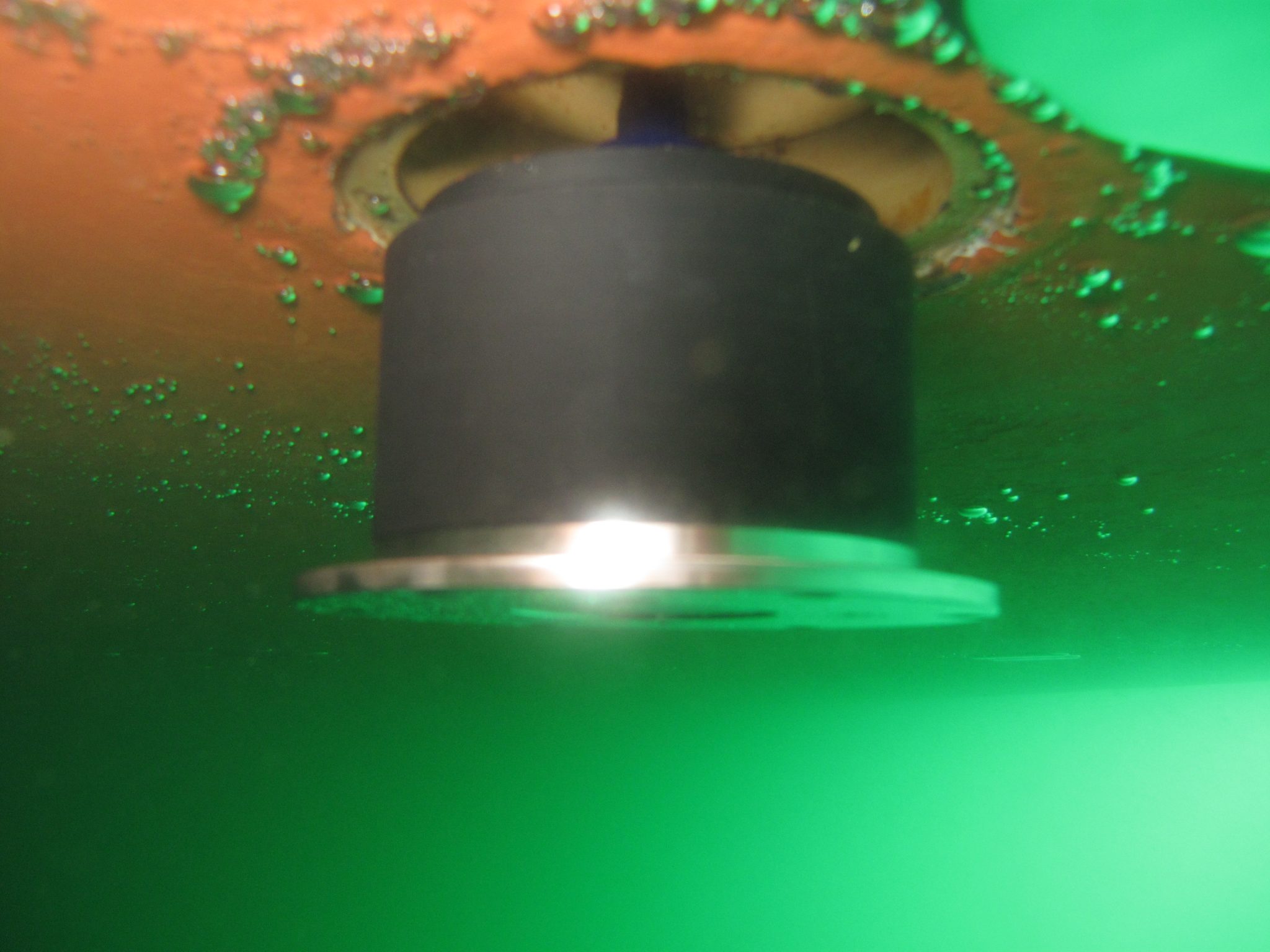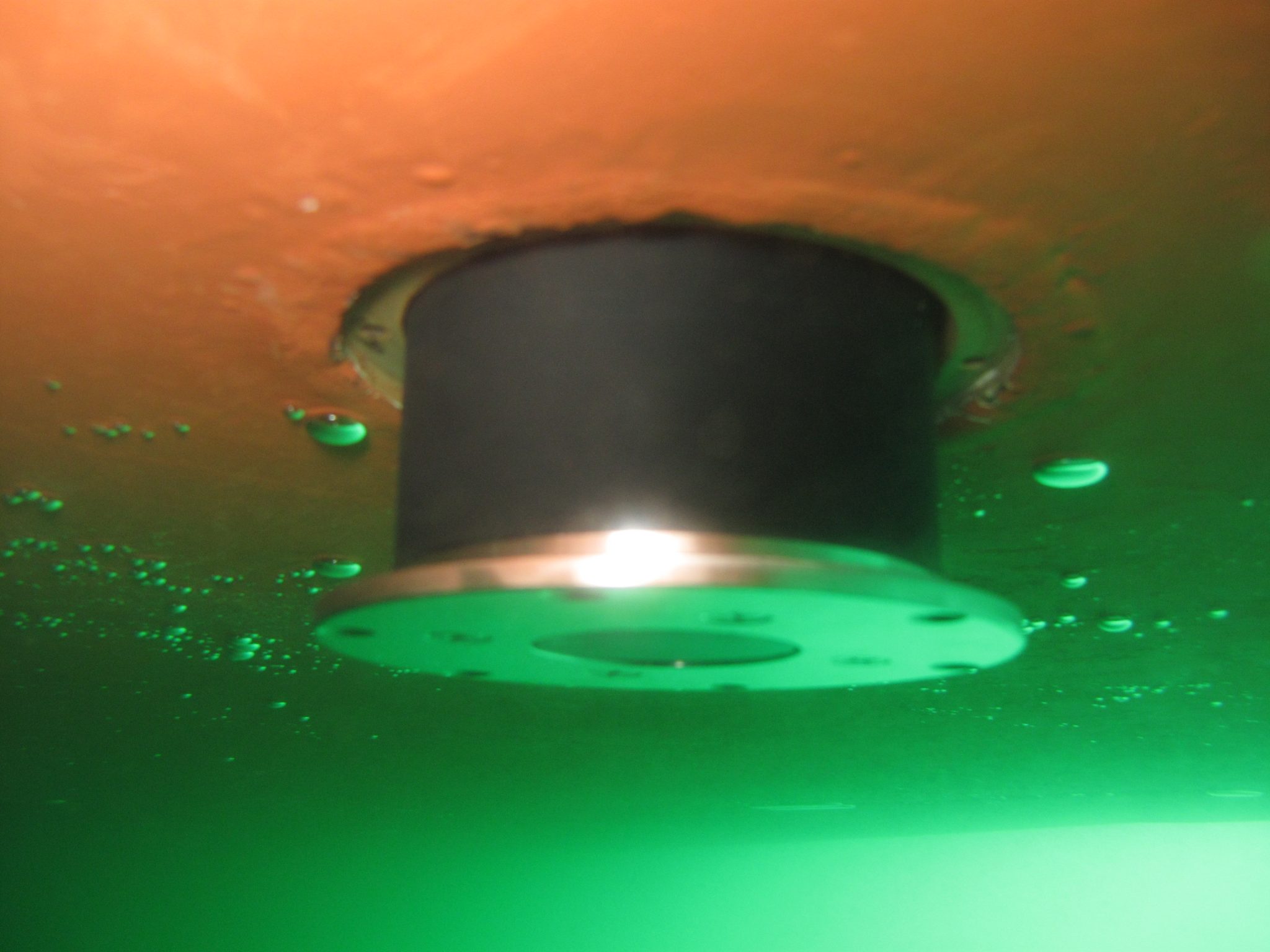Exchange and Repair Transducers, Echosounders and Speedlogs
Underwater replacing echosounders and speedlogsare for the international merchant fleet.
Replacing Echosounders and Speedlogs
FN Diving provides you with a complete package when replacing echosounders and speedlogsareneed afloat. All systems can be delivered worldwide by our partner and installed by our diver technicians.
When speed logs or echo sounders appear to be defective, FN Diving exchanges these worldwide keeping the vessel operational. In the rare occasion the existing speedlog or echo sounder is out of production we provide and install a new transponder with corresponding housing, using cofferdam and class approved dry welding techniques in order to install the new transponder system.
Under 24hrs & no drydocking
The total time for replacing echosounders and speedlogsare normally under 24 hrs, with no drydocking or down time. It’s a cost effective solution that is guaranteed to get you back on schedule fast. Feel free to contact us!
What is a Speed Log
Speed logs, also known as ship logs, chip logs, or standard logs, measure the speed of a vessel. The speed is determined with reference to water flowing by the hull (water reference speed) or to the seabed (ground reference speed). Such equipment is referred to as a log due to the obsolete practice of using wood logs for detecting how fast a ship is moving. During the age of sailing, the sailors would throw logs overboard after attaching them to a rope with knots at fixed intervals. Ships’ speed was gauged by the total number of knots that passed by over a specific amount of time. This method led to the introduction of the knot as the nit of measure for vessel speed (1 knot=1 nautical mile per hour). The design of the instruments employed in estimating the speed was standardized over time. A piece of lead attached to the bottom of the log improves water drag, resulting in greater reading accuracy.
In modern times, a speed log is an electromagnetic sensor. When the AC current energizes the coil, it creates a magnetic field surrounding the sensor. As a vessel moves through the water, an electrical field running perpendicular to the magnetic field is produced. The sensor electrodes detect and deliver the resulting signal representing the ship’s speed to a preamplifier, which then converts it to a digital format for viewing. This process is inexpensive and has the advantage of not require any moving parts. However, water salinity and temperature can affect calibration. The water flow slows down closer to the hull due to friction, affecting measurements.



